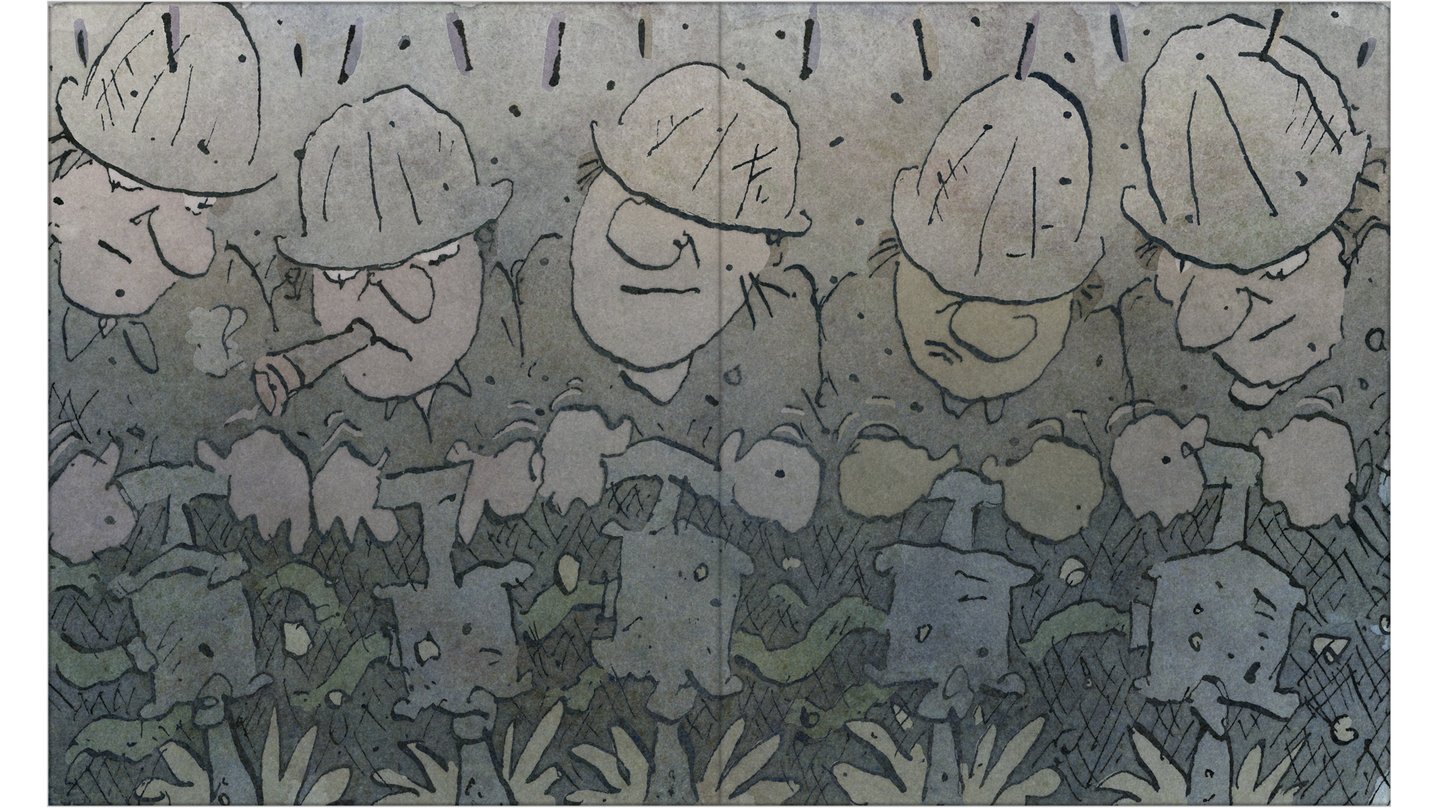

This story (both its lyrical writing and artwork) is still evolving, changing subtly and periodically as a result of my working with professional literary editors towards clarifying the protagonist's motives related to the noise he doesn’t like and his solutions for turning it into something he can live with, which is the primary message of the book… That kids can regulate themselves by seeing something that’s bothering them in a new way.
